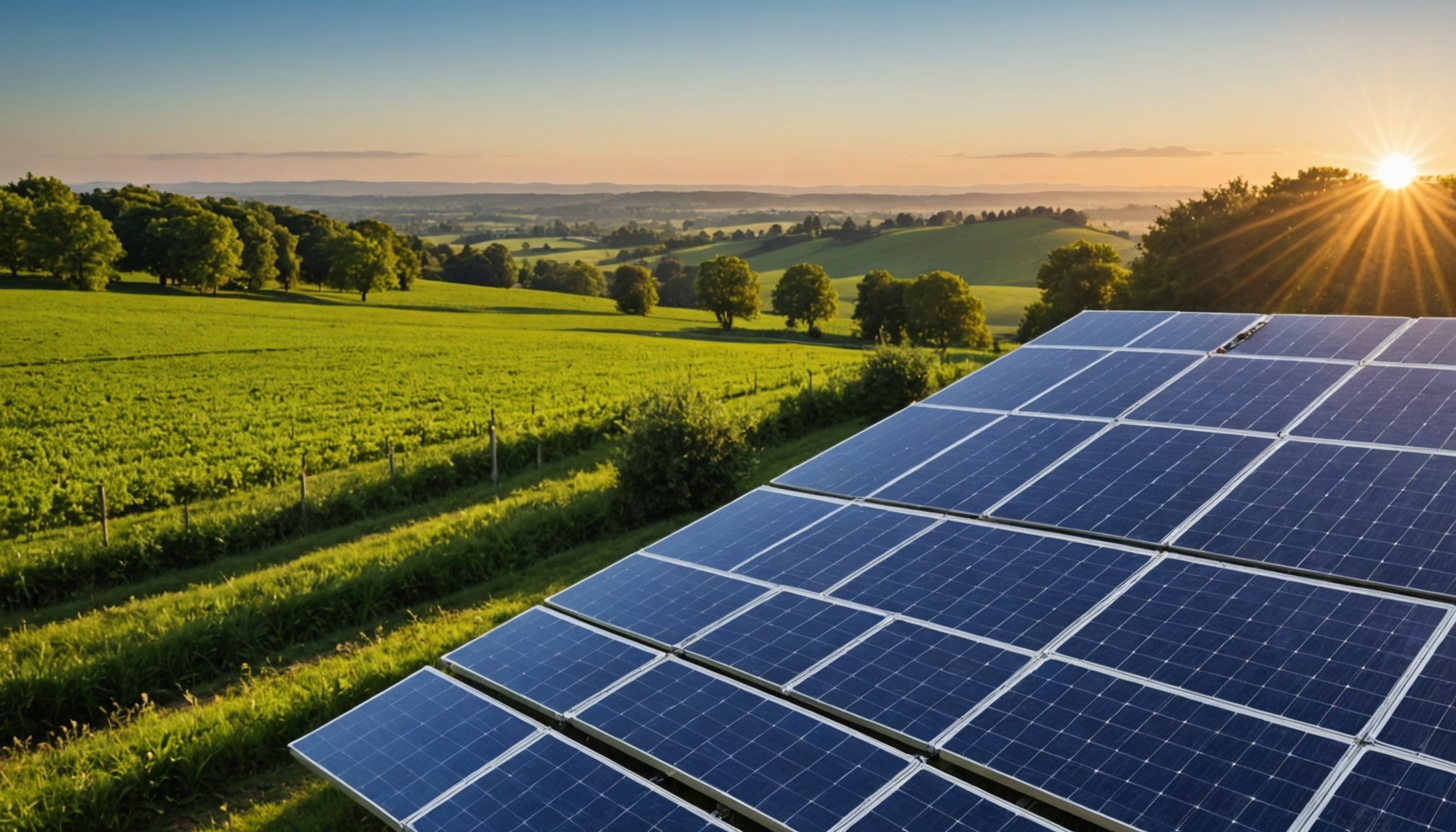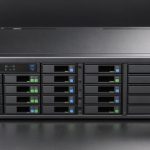Overview of Smart Home Technology
Smart home technology revolutionises the way we interact with our living spaces by creating interconnected ecosystems that automate daily tasks. These systems leverage devices and networks to monitor and control household functions like lighting, security, and temperature. By using smart home systems, homeowners can enjoy increased convenience, security, and energy efficiency.
One notable advancement within smart home technology is the integration of solar panels. Solar panel integration allows households to harness renewable energy, reducing reliance on the grid and lowering electricity bills. Smart home systems can optimise energy consumption by intelligently managing when and how solar energy is used and stored. For instance, excess energy produced during the day can be stored for nighttime use, maximising efficiency.
The benefits of integrating solar panels with smart home systems are numerous. Not only does this combination promote environmental sustainability by reducing carbon footprints, but it also offers financial advantages. Homeowners can save on energy costs while potentially increasing their property’s value. Moreover, smart systems can provide insights into energy usage, enabling users to make informed decisions about consumption.
Such technology exemplifies practical, solution-oriented advancements that contribute to a more sustainable and efficient lifestyle.
Connecting Your Smartphone to Solar Energy Systems
Effectively integrating your smartphone with your solar energy system unlocks a range of monitoring and connectivity benefits. With the right setup, you can monitor your solar panels’ performance and optimize energy usage.
Preparing Your Smart Home for Solar Integration
To begin, ensure your smart home network is robust. This includes a stable Wi-Fi connection, as it forms the backbone of smartphone integration. It’s crucial to have a compatible solar inverter that supports app connectivity and network communication, as these elements facilitate data transfer from your solar panels to your device.
Step-by-Step Guide to Connecting Your Smartphone
- Install the solar monitoring app associated with your solar inverter.
- Open the app and follow the prompts to connect your inverter to your home network.
- Once connected, the app will display real-time data about your solar panels, allowing for seamless monitoring.
Recommended Equipment and Setup Instructions
For effective connectivity, the following equipment is recommended:
- A compatible solar inverter
- Reliable Wi-Fi extender (to boost signal)
- Smartphone with up-to-date OS
App installation typically involves downloading from an app store and following in-app prompts. If issues arise, check if the inverter is operating correctly and ensure the smartphone is within network range, then attempt reconnection.
Reviews of Relevant Applications for Solar Monitoring
In the realm of solar monitoring apps, several options stand out. These applications offer diverse functionalities tailored to different user needs, aiding individuals and businesses alike in tracking solar energy usage.
Overview of Popular Solar Monitoring Applications
Notable solar monitoring apps include SolarEdge Monitoring, PVOutput, and Enphase Enlighten. Each app presents distinct features. SolarEdge Monitoring provides comprehensive system data and real-time alerts. PVOutput excels in community sharing and record comparisons, while Enphase Enlighten is praised for its intuitive design and energy production tracking capability.
Comparison of Features, Usability, and Pricing
When comparing these applications, price points and usability are crucial considerations. SolarEdge, while robust, can be premium in pricing, fitting for users seeking advanced analytics. PVOutput’s primary appeal lies in its customization and community interaction without a hefty price tag. Meanwhile, Enphase Enlighten is user-friendly, yet balances cost-effectiveness with efficient functionality.
User Experiences and Feedback on Application Effectiveness
User experiences generally highlight satisfaction with ease of use and data accuracy. SolarEdge users appreciate its detailed reporting, though occasional tech support delays are noted. PVOutput users favour community features but report an initial learning curve. Enphase users commend its interface, with some mentioning the need for more advanced features. These insights provide potential users with essential perspectives, facilitating informed decision-making.
Troubleshooting Tips for Solar Panel Monitoring
Monitoring solar panels is essential to ensure optimal efficiency and longevity. Troubleshooting solar energy systems can help identify issues promptly. Let’s explore the common issues, effective troubleshooting steps, and when to seek professional assistance.
Identifying Common Issues
Solar panel systems may encounter several common issues such as diminished output, faulty wiring, or inverter malfunctions. These issues often trigger indicators like unexpected drops in energy production or system error messages. Regularly reviewing these indicators can help prevent long-term damage.
Steps for Effective Troubleshooting
To troubleshoot solar energy effectively, begin by examining the system’s connections and cleaning the panels, as debris can obstruct sunlight. Check for shadows from newly grown trees or structures. Inspect wiring and connectors to rule out physical damage. Use system logs and monitoring software to pinpoint anomalies. If issues persist, resetting the inverter might rectify errors. Document findings throughout this process for accurate diagnostics.
When to Seek Professional Help
Some scenarios require professional interventions. System malfunctions like consistent low yield despite clean and undamaged panels, frequent inverter failures, or indications of electrical faults should prompt professional help. Remember: timely expert maintenance can enhance long-term performance and safety, minimizing risks associated with DIY attempts.
Best Practices for Maximizing Solar Efficiency
Maximizing solar efficiency involves careful consideration of positioning, maintenance, and energy optimization strategies. Properly positioned solar panels are crucial for achieving optimum performance. Ensuring that panels are oriented to receive maximum sunlight throughout the day can significantly enhance energy output. Generally, south-facing panels with an angle equal to the latitude of the location yield the best results. Regular cleaning to remove dust and debris will further enhance panel performance.
To optimize energy usage, consider aligning your energy-consuming activities with peak solar production times. This can be achieved using energy optimization technologies like smart meters, which allow users to track and modify their energy consumption patterns. Such technologies can help prioritize the use of appliances during times when solar energy production is highest.
Regular monitoring and adjustments are imperative for maintaining high solar efficiency. Implementing a monitoring system provides valuable insights into the performance of your solar installation, allowing for timely adjustments that can enhance efficiency. Systems that can measure panel output against current environmental conditions can alert users to potential malfunctions or performance dips, ensuring that panels perform at their peak capability. This proactive approach ensures that your investment in solar technology remains both efficient and economically beneficial.











